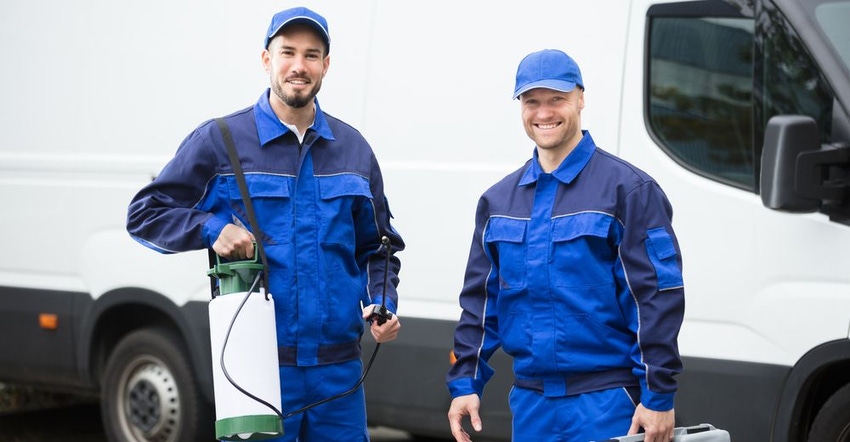Pest Management for Your Self-Storage Property: Working With a Pro and Making a Plan
Most self-storage facilities are forced to deal with pests at one time or another, but the right professional and management program can help you eradicate and prevent infestations. Here are some things to know about hiring a partner.

Though you may not want to believe it, a self-storage facility is an ideal environment for pest infestations. Critters like rodents, cockroaches and spiders can be accidentally carried into your property via stored items, or they can simply enter through tiny openings. Plus, units often go unchecked for extended periods, allowing pests to roam freely and undisturbed.
The sheer size of many storage sites makes it difficult for facility operators to pest-proof on their own. If you’re struggling, it’s imperative to partner with a licensed pest-control company and implement a management plan, which can help you eradicate and prevent infestations.
A Three-Step Process
The goal of a good management plan is to stop pests before they invade. It involves working with a professional to keep your self-storage storage property free of vermin and the threats they pose. The following three-step approach can be tailored to your location and needs.
1. Inspection. In the first phase, your pest-control professional will perform a thorough facility inspection to pinpoint problem areas. They’ll search for critters residing on the premises and meticulously audit building exteriors, taking note of any places conducive to pest activity.
2. Identification. In this phase, your professional will identify the types of invaders at your facility. Bed bugs, cockroaches, rodents and termites are the most common ones found in self-storage spaces. While this is less challenging when the culprits are visible, sometimes all an expert has to work with are clues. For example, droppings are an indicator of rodent infestation. However, there are other subtler signs a professional can spot.
3. Treatment. The final phase is treatment. You and your pest-management partner will work together to prevent infestations from occurring or implement an action plan to eliminate the existing problem and avert future ones.
Prevention Tips
Pests are adaptable and resourceful, so being proactive is key. Following are simple things you can do on your own to prevent infestation at your self-storage property. If invaders persist, your pest-control partner can step in and help.
Seal cracks and crevices around buildings, including entry points for utilities and pipes.
Dispose of garbage regularly and store it in sealed containers.
Keep tree branches and shrubbery well-trimmed and away from buildings.
Replace weather-stripping and repair loose mortar around the building foundation and windows.
Install non-attracting lights such as sodium vapor bulbs.
Eliminate areas of standing water, as these provide ample breeding ground for mosquitoes.
Monitor drainage and install gutters or diverts to channel water away from the buildings.
Perform regular inspections of units, hallways, drive aisles and other spaces for droppings and other signs of infestation.
Choosing a Partner
When it comes to pest control, working with a qualified company is essential to success. This is a partnership built on trust. It shouldn’t be a hasty decision based solely on the cost of services, as not all providers are created equal. Research and evaluate the reputation, accreditation and offers of each potential partner. The National Pest Management Association provides a locator on its website to help you find licensed professionals near you.
Pest management is no easy feat and often requires teamwork. It’s crucial to work with a professional not just when a problem arises but all throughout the year. This collaboration can lead to more sustained, successful prevention and treatment, curtailing the economic costs of damage. Get those inspections and work together to pest-proof your self-storage facility, and treat any infestation quickly and effectively.
Cindy Mannes is senior vice president of public affairs for the National Pest Management Association, a nonprofit established in 1933 to support the pest-management industry's commitment to the protection of public health, food and property.
About the Author(s)
You May Also Like





